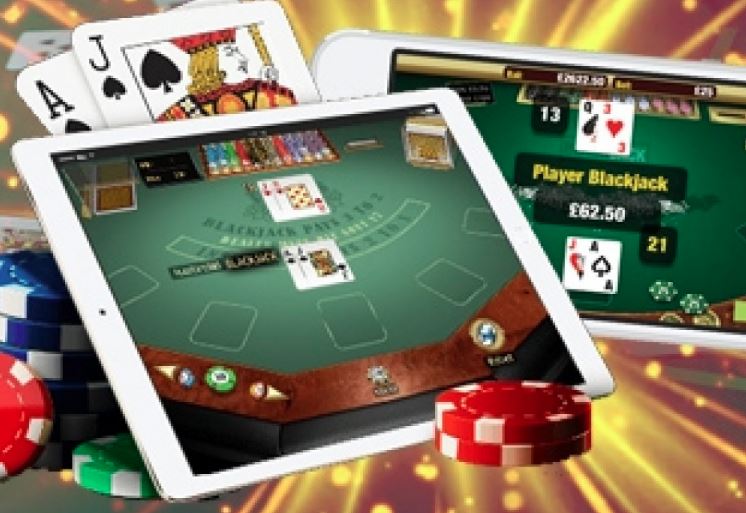The size of the deck (or the number of decks) used in a game of blackjack has a significant impact on the odds and overall strategy. Here’s how deck size affects blackjack odds and what you need to know:
The Impact of Deck Size on Blackjack Odds
1. Basic Concepts
1.1. Deck Size
- Single-Deck: A game using one standard deck of 52 cards.
- Double-Deck: A game using two decks, totaling 104 cards.
- Multiple Decks: Games can use 4, 6, or even 8 decks. The total number of cards increases accordingly.
1.2. House Edge
- House Edge: The statistical advantage the casino has over the player. It’s influenced by various factors, including deck size.
2. Impact of Deck Size on Blackjack Odds
2.1. Card Counting
- Easier Counting: Single-deck games are easier for skilled players to count cards compared to multi-deck games. This is because card counting systems rely on tracking the ratio of high cards to low cards, and fewer decks make this process more accurate and effective.
- Less Effective Counting: In multi-deck games, card counting becomes more challenging due to the increased number of cards. The house edge is less affected by the player’s advantage in these games.
2.2. Probability of Drawing Specific Cards
- Single-Deck: The probability of drawing a specific card, such as a 10-value card or an Ace, is higher because there are fewer cards overall. This affects the likelihood of getting a blackjack or a strong hand.
- Multi-Deck: The probability of drawing specific cards decreases as the number of decks increases. For example, the chance of drawing a 10-value card is lower in an 8-deck game compared to a single-deck game.
2.3. Blackjack Payouts
- Single-Deck: The odds of being dealt a blackjack (an Ace and a 10-value card) are higher in single-deck games. The house edge is generally lower because the likelihood of hitting a blackjack is increased, which can lead to more favorable outcomes for the player.
- Multi-Deck: The odds of getting a blackjack are reduced as more decks are added. This results in a higher house edge, as the casino has a greater statistical advantage.
2.4. Basic Strategy Adjustments
- Single-Deck: Basic strategy adjustments are more straightforward with a single deck. Certain hands and situations may require specific strategic changes, and players can more easily memorize and implement these adjustments.
- Multi-Deck: Basic strategy adjustments become more complex in multi-deck games. The strategy might change slightly due to the altered probabilities of certain cards appearing. For instance, the strategy for doubling down or splitting might vary based on the number of decks.
2.5. Risk of Busting
- Single-Deck: With fewer cards, the risk of busting (going over 21) when hitting is slightly lower. Players might have a marginally better chance of improving their hands without busting.
- Multi-Deck: The risk of busting increases in multi-deck games due to the larger number of cards. The overall distribution of cards affects the likelihood of busting when drawing additional cards.
3. Strategies for Different Deck Sizes
3.1. Single-Deck Strategy
- Favorable Odds: Utilize the lower house edge by employing optimal basic strategy tailored for single-deck games. Be aware of the specific payout rules and adjust your strategy accordingly.
3.2. Multi-Deck Strategy
- Adjustments: In multi-deck games, recognize the slightly higher house edge and adjust your strategy to account for the increased risk. Focus on proper bankroll management and avoid relying heavily on card counting due to its reduced effectiveness.
4. Tips for Playing with Different Deck Sizes
4.1. Choose the Right Game
- Prefer Single-Deck: If possible, opt for single-deck games as they generally offer better odds and lower house edges.
- Know the Rules: Understand the specific rules and house edge associated with the deck size of the game you are playing.
4.2. Practice and Preparation
- Practice Basic Strategy: Familiarize yourself with the basic strategy for the specific deck size you are playing to optimize your chances.
- Card Counting (if applicable): If you are skilled at card counting, recognize the challenges and adapt your strategy for multi-deck games.
4.3. Bankroll Management
- Manage Your Bankroll: Regardless of deck size, maintain proper bankroll management to withstand variance and maximize your playtime.
5. Conclusion
Deck size plays a crucial role in determining the odds and house edge in blackjack. Single-deck games generally offer better odds and lower house edges compared to multi-deck games. By understanding the impact of deck size on card probabilities, basic strategy, and house edge, you can make more informed decisions and improve your overall blackjack strategy. Whether you’re playing single-deck or multi-deck blackjack, adapting your approach based on deck size will enhance your chances of success.

